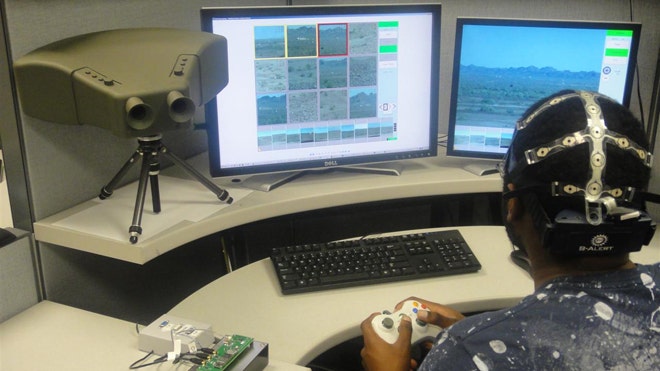It’s not surprising but it is alarming: physical and emotional neglect has a harmful effect on children’s developing brains, new research shows.
 Children’s Hospital Boston’s blog Vector pulls together several studies
that detail the various levels of damage that can be done to children’s
brains when they are subject to trauma, neglect and social isolation:
Children’s Hospital Boston’s blog Vector pulls together several studies
that detail the various levels of damage that can be done to children’s
brains when they are subject to trauma, neglect and social isolation:
 Children’s Hospital Boston’s blog Vector pulls together several studies
that detail the various levels of damage that can be done to children’s
brains when they are subject to trauma, neglect and social isolation:
Children’s Hospital Boston’s blog Vector pulls together several studies
that detail the various levels of damage that can be done to children’s
brains when they are subject to trauma, neglect and social isolation:
Sheridan, Nelson and colleagues obtained brain MRIs from three groups of 8- to 11-year old children: 29 had been reared in an institution, 25 had left the institution for a high-quality foster home (where they spent 6 to 9 years), and 20 typically developing children who were never institutionalized served as controls.
The findings were mixed:
–Children who had spent their entire lives in an institution had significantly lower volumes of white matter—necessary for making connections in the brain—in the cortex of the brain than did the controls. But if they were transferred into foster care, their white matter volume became indistinguishable from that in controls.
–Children spending any amount of time in an institution—even if later placed in foster care—had significantly smaller gray matter volumes in the cortex.
“White matter, which forms the ‘information superhighway’ of the brain, shows some evidence of ‘catch up,’” says Sheridan.An earlier study in mice made the connection between neglect and social isolation and cognitive impairment on a cellular level. Again, from the Vector blog:
Earlier this month, the journal Science reported findings from the Boston Children’s Hospital lab of Gabriel Corfas, PhD, showing how neglect and social isolation lead to cognitive impairment at the cellular level.
The team, led by Corfas and postdoctoral fellow Manabu Makinodan, MD, PhD, simulated neglect in mice by placing them in isolation early in life.
The results were striking. Cells that make up the brain’s white matter, known as oligodendrocytes, failed to mature, and failed to produce proper amounts of myelin, the fatty “insulation” on nerve fibers that boosts the speed and efficiency of communication between different areas of the brain. This was especially true in the prefrontal cortex. The mice, for their part, showed reduced sociability and deficits in working memory.
Confirming the earlier research, Corfas’s team showed that the effects of social isolation are timing-dependent. If mice were isolated during a specific period in their development, they failed to recover sociability and memory function even when they were put back in a social environment. Conversely, if they were isolated after this so-called critical period, they remained normal.

 A brainwave-reading cap and a prototype binocular system
combine to monitor threats far more effectively than a human acting
alone.
A brainwave-reading cap and a prototype binocular system
combine to monitor threats far more effectively than a human acting
alone.